If you are looking for co-sleeping safe guidelines, then I have to assume you are open to the idea of co-sleeping. Which means there is a good chance you have been grappling with what is “right” vs what is “safe” vs “how do I start getting more sleep?!”.
Making parenting decisions is SO hard. There is so much information out there, so much mom-shaming and judgement, and so many different people and sources telling you what the “right” thing to do it. Ugh. I get it.
This is actually why and how The Peaceful Sleeper came to be. After struggling through baby sleep with my own children, reading everything I possibly could on baby sleep, and trying ALL the things, I knew that I wanted to help other moms have a much more enjoyable experience with motherhood.

So whether you want to use a “no-cry” method to teach your baby independent sleep skills, use a “CIO” method, use a pacifier, bottle-feed, breastfeed, room-share or co-sleep- it doesn’t matter to me. My goal is to help you get your whole family sleeping in a way that works best for YOU!
Co-sleeping is a hot-button topic for sure, so in this post you will find nonjudgmental information, tips and tricks, as well as facts on:
Is co-sleeping safe and is there a safe way to co-sleep?
Things to examine when you’re considering co-sleeping
Co-Sleeping vs Room-Sharing
Although at first, co-sleeping and room-sharing may sound similar, they are actually very different. And the AAP is strongly against one of these, and recommends the other!
Co-sleeping is sleeping in the same sleep space as your baby, and is also referred to as “bed-sharing”. So if you are co-sleeping, that generally means your baby is sleeping in your bed with you, which is not recommended by the AAP for safety reasons.
Room-sharing, on the other hand, IS recommended by the AAP and means that you and your baby have your own sleep surfaces, but you are both in the same room. This can look like you in your bed, with your baby in a bassinet, crib, or pack n play in your room.
Room-sharing is recommended by the AAP because it can reduce the risk of SIDS. It’s also a safe way to be near your baby so you can easily attend to their needs in the night.
In my experience, the downside to room-sharing is that both parties tend to wake each other up. Yes, I’m sure you want to be woken up when your baby needs you, and you want to hear their every move and noise in those early newborn weeks. However, as they get older you may want to continue room-sharing (for safety reasons or otherwise), but you find that every little baby grunt is waking you, and/or every time you roll over (or your partner demonstrates a lackluster attempt at stifling their cough) your baby wakes up. If this is happening, there are a few things you can do to mitigate this.
- Place a sound machine between you and your baby
- If space allows, give your baby their own little section of your room where they are less likely to be disturbed.
These are also both helpful tips for when you want to sleep train after 4 months, but also want to continue room-sharing!
Click that image above or here to see my Instagram reel about sleep training with your baby in the room!
Is Co-Sleeping Safe & Is There a Safe Way to Co-Sleep?
Now that you know the difference between co-sleeping and room-sharing, is there a safe way to co-sleep?
Short answer: There is no 100% safe way to co-sleep, and the AAP does not recommend co-sleeping.
Long answer: I get it. You have your own circumstances that no one else can truly understand. And although I do not personally or professionally recommend co-sleeping, I DO encourage you to do your own research and make informed decisions that make sense and work best for YOU. You are the expert on your baby, and I am here to support you however I can.
Co-Sleeping Safe 7
If you choose to co-sleep, there are ways to make co-sleeping as safe as possible. The La Leche League has 7 things you can do to reduce the risk of SIDS and suffocation.
- No smoking
- Sober parents
- Nursing day and night
- Full term healthy baby
- Baby on back
- No swaddle
- Safe surface
Let’s break down each of those! ⤵️
Source: https://www.llli.org/breastfeeding-info/sleep-bedshare/
1. No Smoking
Any exposure to smoking increases the risk of SIDS. This includes smoking during pregnancy. So if you did not smoke during pregnancy, you still do not smoke, and there is no exposure to smoke (from anyone in the household) then you can check this box.
2. Sober Parents
Alcohol and any drugs that can impair you or whoever is caring for your baby increases the risk of SIDS. So baby must be in the care of a responsible, sober adult at all times.
3. Nursing Day and Night
This is not meant to take away from “fed is best”. It has to do with biology. When a baby is exclusively breastfed, they have a strong urge to stay near the breast in a “cuddle curl” position, which puts them in a safe position when they are sleeping next to you.
If a baby is not breastfed, then they will not seek their mother’s breast and thus not be in a safe position when lying next to their mother. They are also more at risk of moving away from their mother and moving into soft pillows or bedding.
4. Full Term Healthy Baby
Babies who are premature or have health concerns are at a higher risk for SIDS, and even with all the other 6 items addressed, co-sleeping is not recommended.
5. Baby on Back
An unsupervised baby on their tummy is at risk for SIDS, so if you are co-sleeping then baby should be on their back when they are not nursing and you should be on your back or on your side when you are nursing.
6. No Swaddle
Swaddling is safe and recommended ONLY if baby is in their own sleep space and they are not rolling yet. If you are co-sleeping, swaddling is not safe. It can cause overheating, which is a risk factor for SIDS, and your baby needs their arms and legs free to safely move in and out of nursing positioning.
7. Safe Surface
Here are some of the things that constitute a “safe surface”: A firm flat mattress, very light and minimal bedding, no gaps between the wall and bed that baby can fall into, no hanging cords or sharp edges, no extra pillows or “baby sleepers” in the bed, and consider having your mattress on the floor, so there are no injuries from accidental falls off the bed.
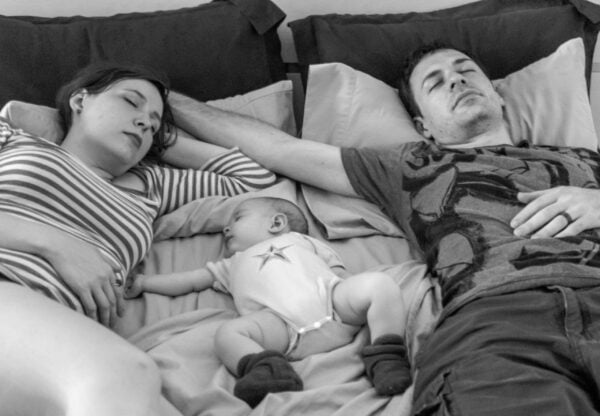
Again, according to the AAP the safest place for your baby to sleep is on their back, in their own bassinet, pack n play, or crib, with nothing in their sleep space, and to have them sleep in your room for at least the first 6 months. However, if you are thinking of co-sleeping, I hope you will consider these 7 items.
Things to Examine When You’re Considering Co-Sleeping
If you are considering co-sleeping then there are 5 main things to consider:
1. Safety
As we’ve just established, safety is the most important factor. Be a critical consumer of information. Empower yourself with knowledge from every angle (pros and cons of co-sleeping, why the AAP doesn’t recommend it, how to make it as safe as possible if you do choose to co-sleep, etc.) in order to make an informed decision.
2. Quality time with your partner
Having your child in bed with you and your partner will naturally reduce some intimacy and closeness, so make sure you prioritize your relationship in other ways and at other times of the day.
3. Physical and emotional independence
It can be great to always be there for your little one, however make sure you are giving them opportunities for independence at other times in the day so they don’t become overly dependent on you.
4. The age of your child
The older your child is, the less of a risk SIDS is. The AAP’s safe sleep guidelines refer to “infant” sleep, and an infant is a child under the age of one year. Additionally, according to the AAP, the vast majority of SIDS cases occur in infants younger than 6 months old. So if you are thinking of co-sleeping, consider the age of your child.
5. Prioritize your own sleep
If you’ve been here for a while, then you know the great deal of importance that I place on not just your baby’s sleep, but YOUR sleep. When parents get the rest they need, then they are better parents to their children. They are happier, more patient, have more energy; they have more to give their children. So my point is, make sure that your sleeping arrangements also prioritize your own sleep.
And on the topic of “you being at your best is what’s best for your children” it’s not just about sleep:
Click the image above or here to check out my Instagram reel about making sure YOU are thriving!
Recap on Co-Sleeping Safe Guidelines
Once you are familiar with the AAP’s safe sleep guidelines and all the ways you can reduce the risk of SIDS while co-sleeping, ultimately you are going to choose a sleeping arrangement that works best for you and your family.
And with that being said, I hope that any sleep decisions that you make, are made because they are a choice you want to make and not because you feel you have to. That’s the worst, and no parent should feel that way.
On that note, if you are co-sleeping and would like to transition from it, I have a “Transitioning from Co-Sleeping” troubleshooting guide in my 4-24 Month Guide Pack. Additionally, I have a “Co-Sleeping with your Toddler” Troubleshooting guide in my Toddler Guide Pack that has tips on co-sleeping with your toddler, as well as how to transition out of co-sleeping with your toddler.
Whatever your sleeping arrangements are, we are always here to support you and help everyone in your family get the sleep they need and deserve. We have a range of individual consultation options available; you can hop on the phone with one of our amazing sleep consultants and get the answers you need!
Happy sleeping!
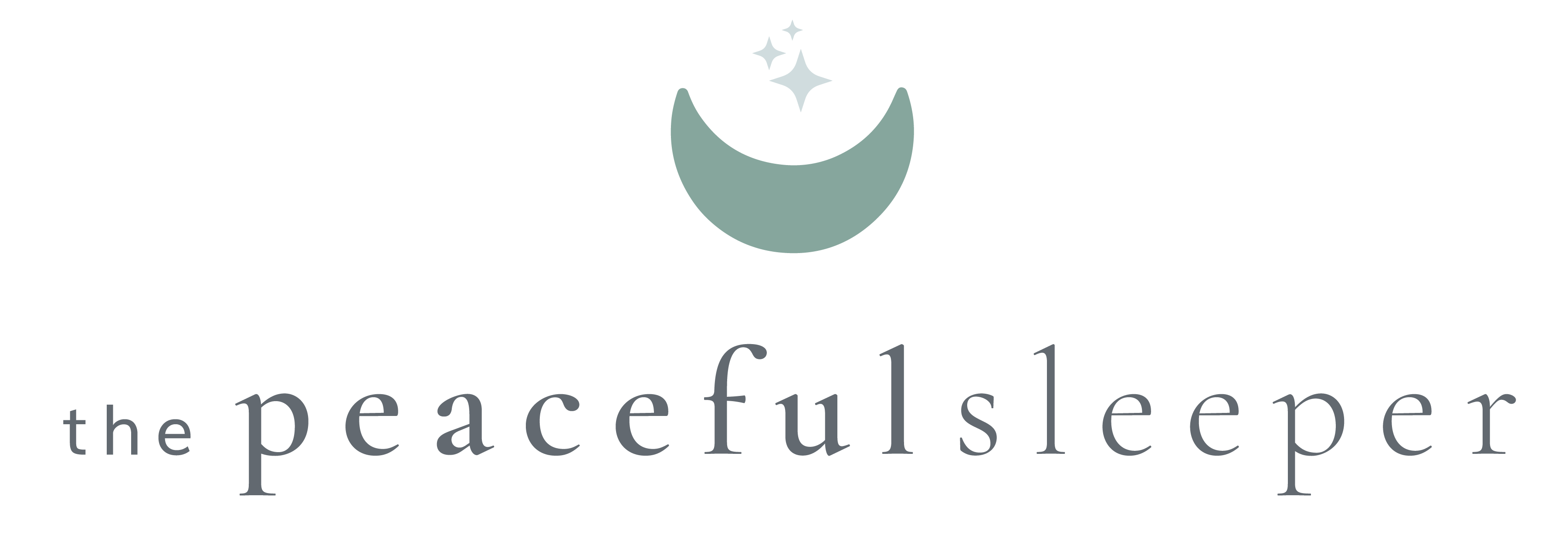
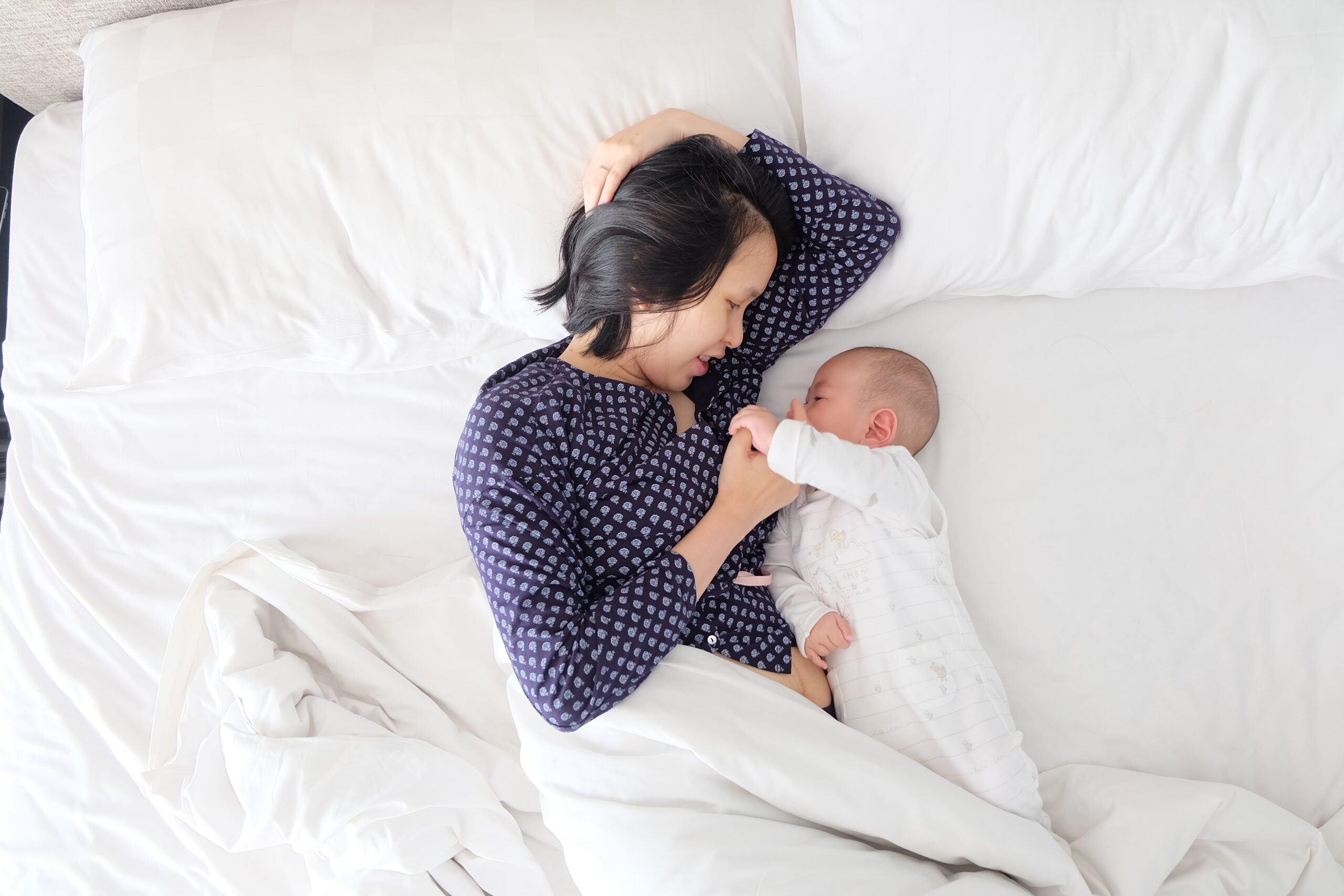
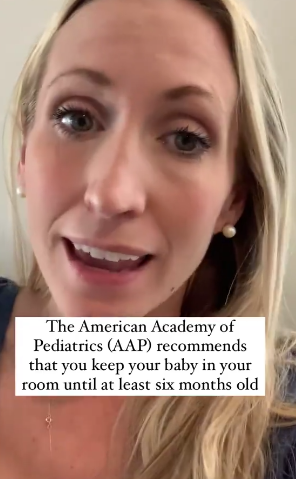
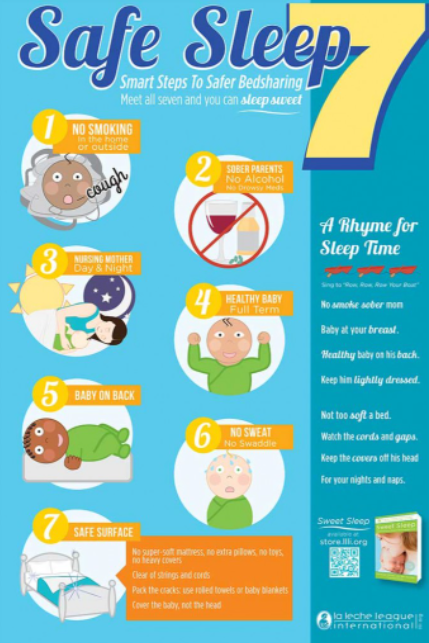
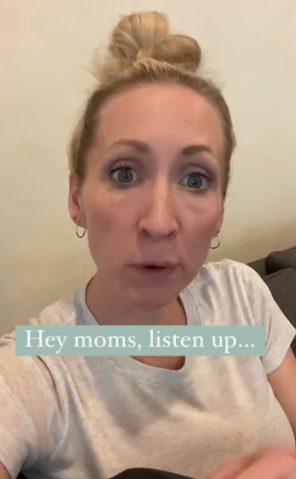
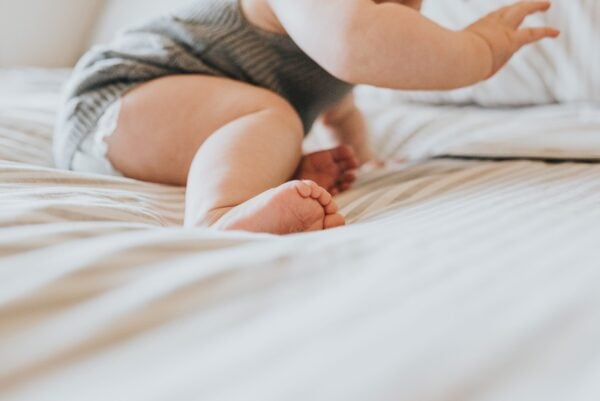
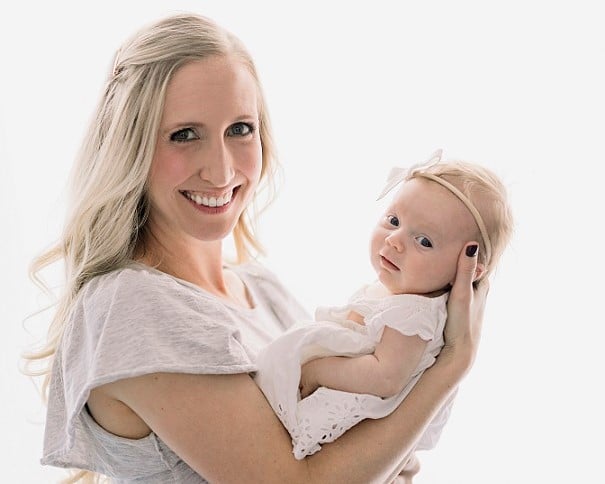
0 Comments